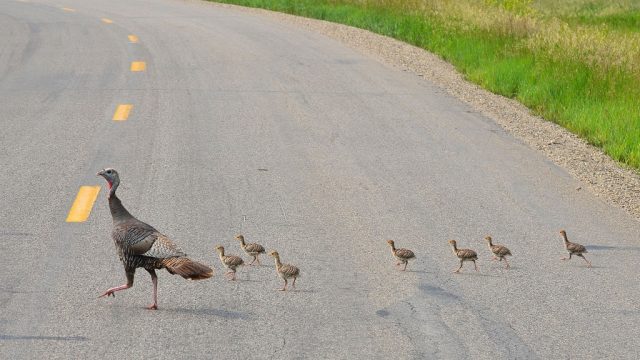Wasn't There Supposed To Be Some Sort Of A Conservation Crisis In North Dakota?

During the 2014 election cycle a coalition of deep-pocketed conservation/environmental interests put a measure on the ballot to divert a windfall of oil tax revenues into a slush fund that would then make grants to the aforementioned interests. We were told, in a slick and well-financed campaign run by groups like Ducks Unlimited and Pheasants Forever, that we had to vote for this slush fund in order to fight back a sort of conservation crisis in the state.
Energy and agriculture development is destroying habitat, you see, and the only solution is obviously to rain taxpayer dollars down on groups like DU and PF.
The measure was defeated, soundly, with nearly 80 percent of voters saying “no” to it. And over the year since election day, we seem to be getting a lot of news which indicates that the justification for the cash grab was completely bogus.
[mks_pullquote align=”right” width=”300″ size=”24″ bg_color=”#ffffff” txt_color=”#000000″]…this idea that the growth the state has seen in energy and agriculture development in recent years has had some sort of a devastating impact on wildlife populations is bunk.[/mks_pullquote]
For instance, this week we learned that pheasant hunting numbers in the state are up a “whopping” 31 percent. “Statistics released by the state Game and Fish Department show that about 587,000 roosters were harvested last year, up 31 percent from 2013,” the Associated Press reports. That’s a big increase given that the increase in hunters was just 2 percent, but not particularly surprising given that recent Game & Fish surveys have shown strong growth in pheasant populations. In fact, 30 percent growth.
Game & Fish has released similar news about other bird populations. For instance, sharp-tailed grouse broods were up 6 percent, and the Hungarian partridge numbers are up 22 percent. Ruffed grouse numbers were up 44 percent. The mule deer population is up 24 percent.
While some game populations have taken a hit – notably duck and white tail deer populations – this seems to have more to do with North Dakota getting tough winters than energy or agriculture development.
Or, in other words, hardly something that can be solved by handing money out to activist groups like Ducks Unlimited or Pheasants Forever.
Wildlife populations are something we very much need to track, and protect with public policy when it’s possible, but this idea that the growth the state has seen in energy and agriculture development in recent years has had some sort of a devastating impact on wildlife populations is bunk.
The facts simply aren’t in evidence. Which makes it seem as though efforts like Measure 5 are more about lining the pockets of activist groups than addressing real wildlife concerns.




